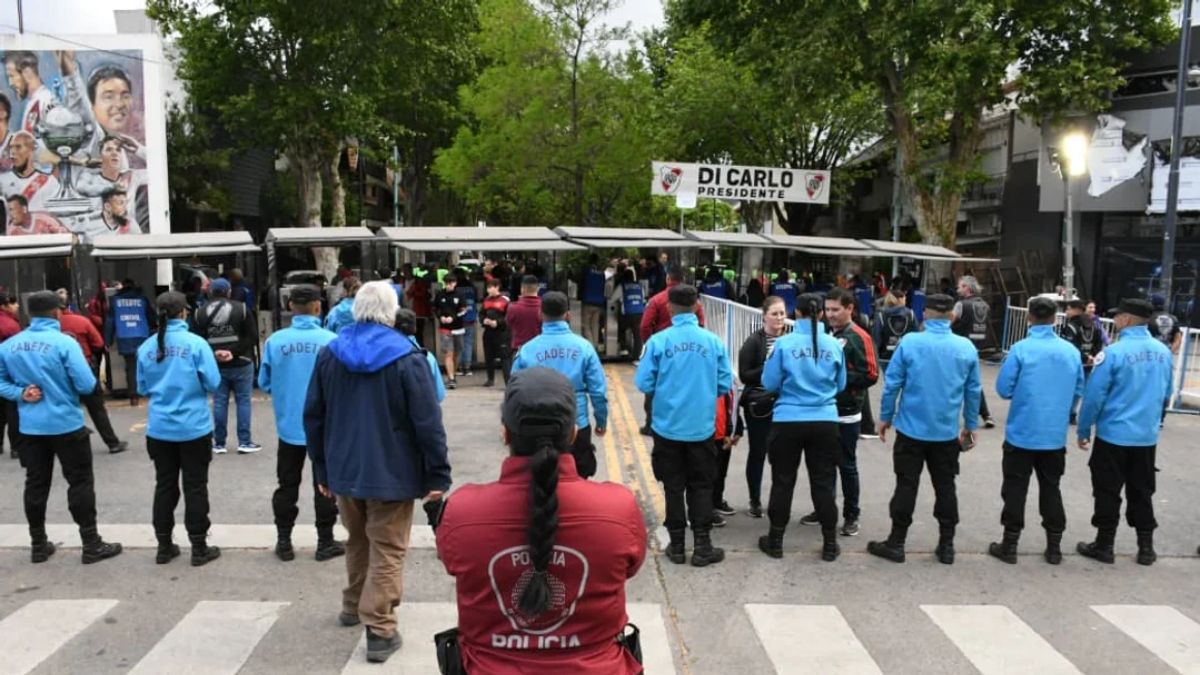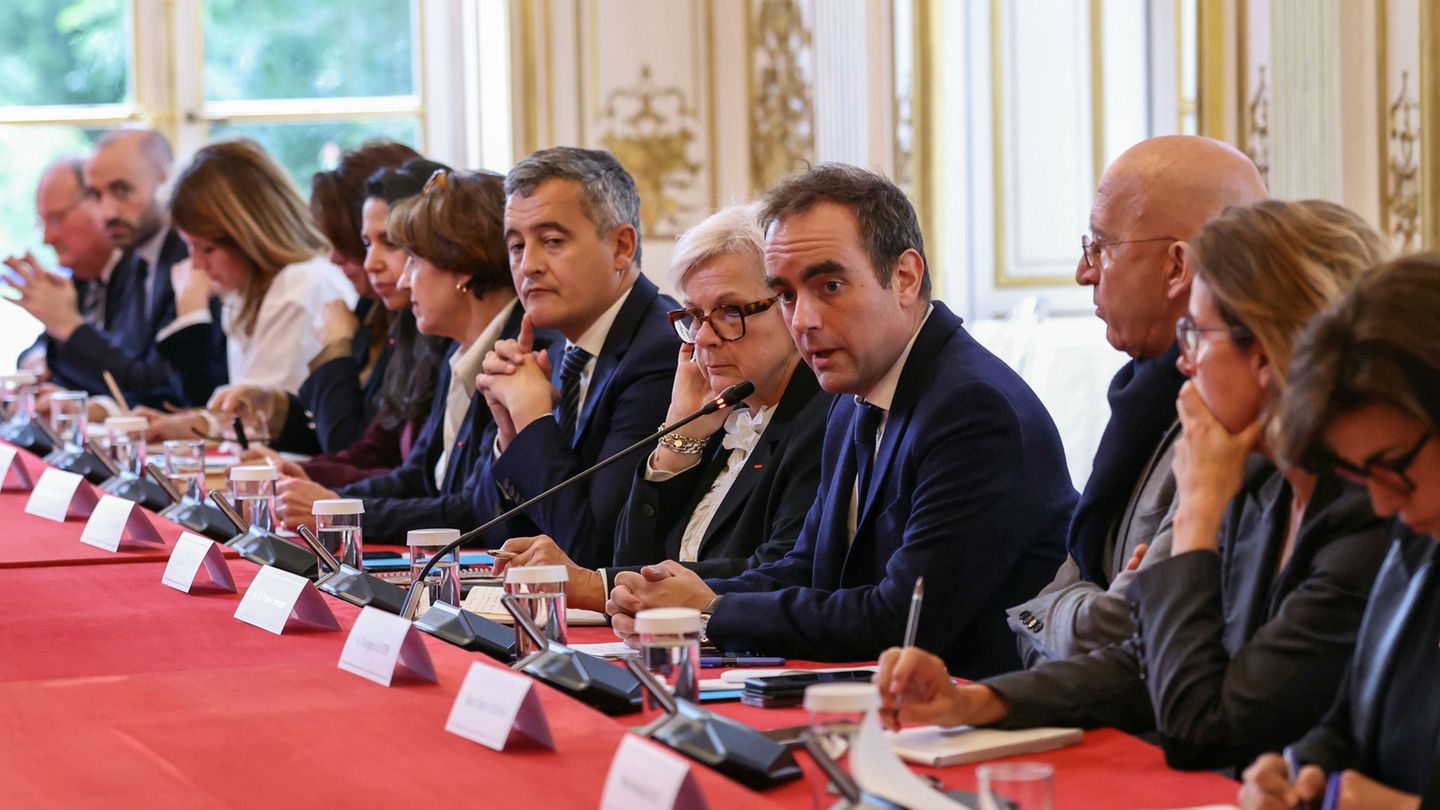The first strike against Javier Milei will put the CGT at the center of the scene this Wednesday not only because it will mark a point of difficult return with the libertarian administration but because it will represent the hinge in the rearming of the opposition both referenced in Peronism and, unionists aspire, that embodied in other political expressions distant from the methods of the current administration. It will be the largest protest action against the Government in the short month and a half that he has been in office and the novelty is that it will come from the sector perhaps least hostile to the president on a rhetorical level.
The 12-hour strike and the mobilization to Congress can only be explained as an unprecedented exercise in obstinacy on the part of Milei: A timely call to the largest labor union would have been enough to guide the reduction of the labor reform to the points previously discussed with Guillermo Francos. -implementation of Uocra-style severance funds, elimination of fines for irregular registration of workers and even the possibility of modifying the work day through time banks- so that the usual internal differences in the organization would be triggered and the strike would have been deactivated or with an uncertain date of completion.
The break with the libertarians also explains the CGT’s unusually quick reaction to the new scenario. The leaders were convinced before any other sector (governors, Peronism and even social movements) of the futility of forcing a dialogue with a government that had resolved through its head of state, and despite the vain attempts of its operators, to advance without measuring costs with the purest version of his labor reform plan and do so in parallel with the unprecedented impact of other political and social actors through the DNU and the Omnibus law.
If even what could have been an early libertarian triumph against the union caste, as was the photo of Sandra Pettovello with Armando Cavalieri In support of the new compensation system, she ended up becoming an intern between hawks and doves at the consortium level that took on an official of Macrist origin, who has not yet been replaced. That snapshot, called to break the internal union front on the same day of the CGT’s first march against Milei, served as a warning to avoid any individual contact between union members and officials from then on.
The CGT recognizes itself as the architect of the judicial and political missteps that the Government has had until now
Beyond that hot flash The CGT only reaped victories after the announcement of the economic package. On December 27 he marched without incident and in open defiance of Patricia Bullrich’s anti-picketing protocol and laid the foundation stone of a judicial strategy that bore fruit in precautionary measures against the DNU by the Labor Justice and the decision of the Administrative Litigation jurisdiction – Rodolfo Barra’s favorite – not to intervene in this matter. He then convened his Confederal Central Committee and unanimously voted for today’s 12-hour strike and the march to Congress when his main representatives warned, in advance, that no date would be set for these measures.
In all this process The largest union center not only managed to drag other union versions unionized as more combative, such as the two CTA and the Union of Popular Economy Workers (UTEP) but, more importantly, It did so by leveraging an internal consensus never seen in the eight years of collegiate leadership in a triumvirate format.. The usually dissident voice in this scheme, that of Pablo Moyano, ended up embracing the strategy of the “fats” and the “independents” who not only for once chose to show their teeth ahead of time but, on this occasion, told with the unrestricted support of Hugo Moyano, the last word in Camioneros.
At the top of the CGT satisfaction reigns. The architects of the judicial and political setbacks that the Government has had until now to advance in the DNU and the Omnibus law are recognized. And also, having amalgamated an eventual new parliamentary majority with the sympathy of the bulk of Peronism, some provincial parties, the Left Front, a good part of Miguel Pichetto’s bloc and even the radicals who follow Facundo Manes. Very secretive, they also claim to have a way of dialogue with Rodrigo de Loredo, the president of the radical bench and possible faithful of the balance in the balances in Congress.
When asked the representatives of the “small table” of the headquarters that planned for the day after the strike They warn that they will try to reap the political accumulation resulting from a possible forceful strike and a surely massive mobilization and put that capital into play to “definitively turn around the DNU”. This instrument is the greatest concern of the unions because it mortally wounds, in addition to the consecrating axis of labor rights contained in the Labor Contract law, the financing mechanisms of the unions and the sources of union protest.
In this scenario similar to the ideal for the CGT, with the DNU becoming a dead letter and the Omnibus law eventually frayed by parliamentary tug-of-war, union members believe that a space will necessarily be opened for political discussion on the future of the opposition that will have them, unlike the electoral campaign, as protagonists in their own right and without the hegemonic presence of Cristina de Kirchner and La Cámpora.
Source: Ambito
David William is a talented author who has made a name for himself in the world of writing. He is a professional author who writes on a wide range of topics, from general interest to opinion news. David is currently working as a writer at 24 hours worlds where he brings his unique perspective and in-depth research to his articles, making them both informative and engaging.




